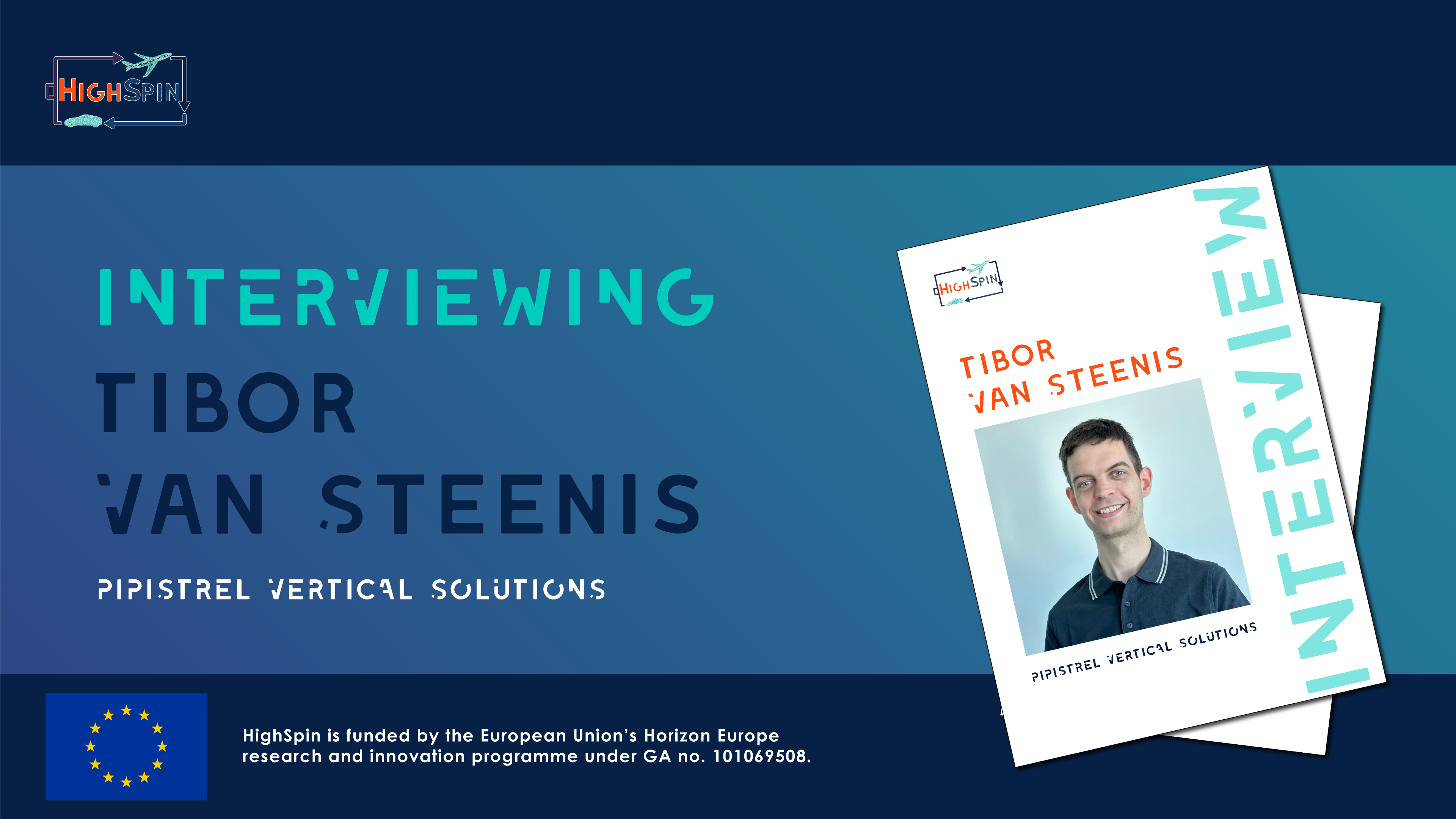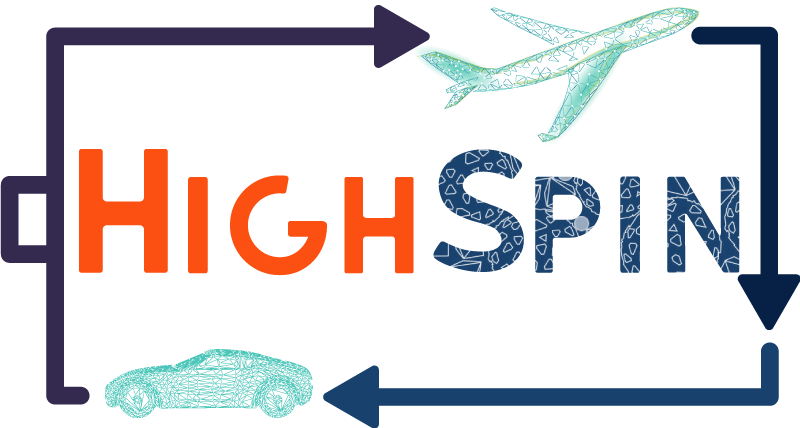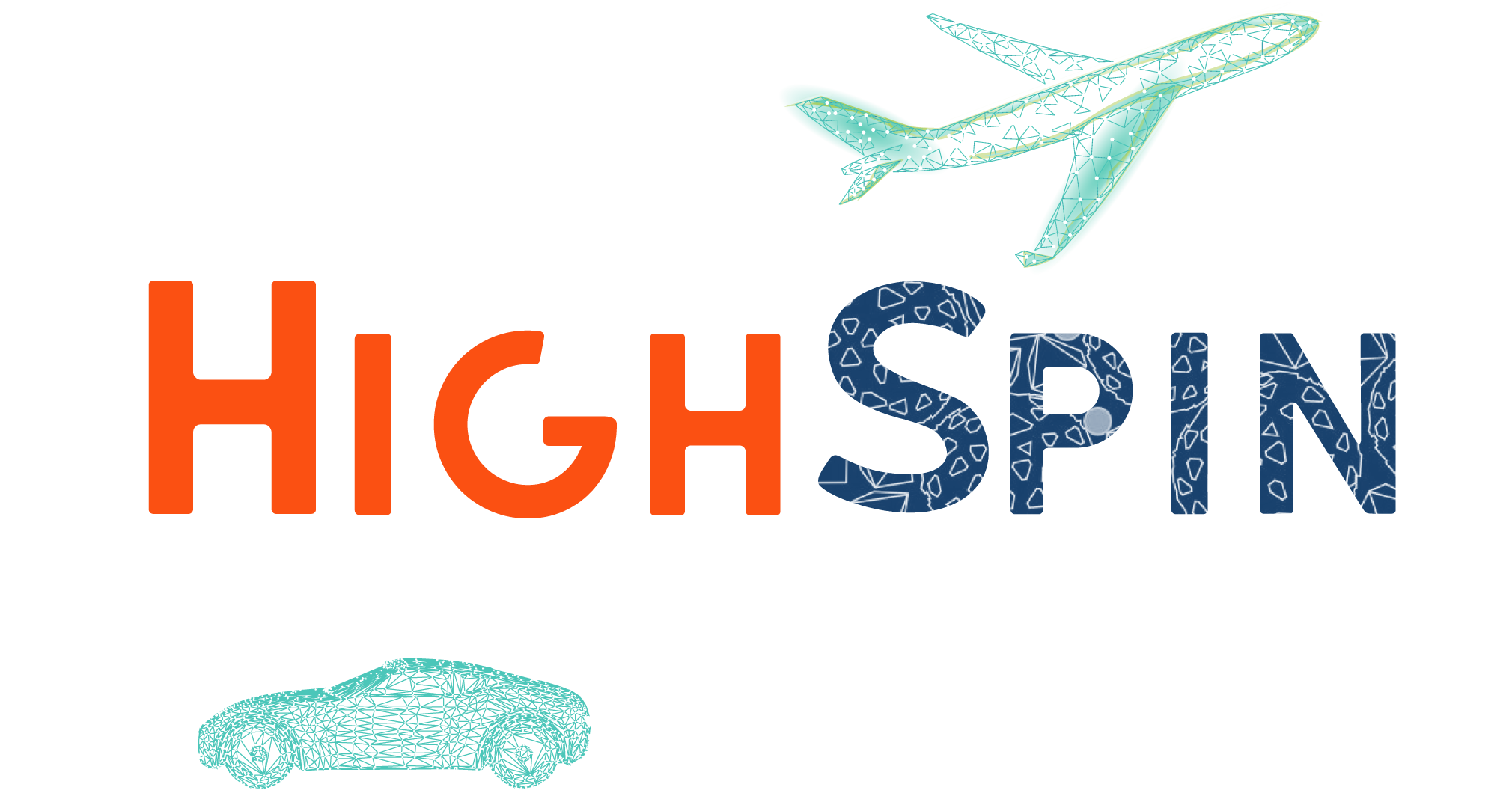
We are pleased to introduce a new series of interviews with the partners of the HighSpin consortium. This series aims to provide a closer look at the researchers and experts working on the projects that will impact our future. Through these conversations, we want to give you a glimpse into the people behind HighSpin and share their stories, insights, and the important work they are doing.
Join us as we get to know the people whose dedication and expertise are driving the HighSpin project.
What is your role in the project?
«Pipistrel is the global leader in electric aircraft so our role in the project is mainly focused on the aeronautic applications. In WP1 we identified the end-user requirements for aeronautical applications. And now in WP5 I will be focusing with my team on the module design and manufacturing of the aeronautical battery module and in WP6 we are involved in the module testing on final demonstrator scale.»
What research are you conducting at your Institution and how is it applied in the HighSpin project?
«I’m part of the R&D department at Pipistrel, focusing specifically on battery technology, where we look into new methods and designs to improve our battery packs. For the HighSpin project I will use these skills mainly in WP5 to find better solutions to improve safety and reduce weight.»
How do you collaborate with other partners in the HighSpin project to achieve your goals?
«Designing a new aeronautical grade battery pack is a very complex task, requiring a lot of expertise over a broad range of disciplines. The HighSpin project enables us to bundle the expertise of all the partners involved to solve the most pressing issues. This will not only allow us to design a safe, aviation grade battery module, it will also make sure that we can achieve best-in-class performance while using sustainable materials with the entire LCA in mind to reduce its impact on the environment as much as possible.»
How is your Institution benefiting from participating in the HighSpin project?
«Our main benefit participating in this project is getting experience with the next generation battery cells we want to use in future products. This would allow us to speed up the time of certification of a future battery pack using these cells and accelerate the electrification of aviation.»
How do you envision the results of HighSpin contributing to a more sustainable world?
«Specifically for the aviation industry, I think the most important contribution of HighSpin to a more sustainable future is that industry leaders in aviation, battery cell research, sustainability, etc. are working together to solve the most pressing issues which are currently blocking electric aircraft to really take off.»
Looking to the future what impact do you think the HighSpin project will have on the industry and society as a whole?
«I think it will enable a massive step in endurance and range for fully electric aircraft. Right now, our Pipistrel Velis Electro can fly for 50 minutes, which is ideal for flight schools. With the new battery technology developed under the HighSpin project we could increase range and endurance significantly. Small electric commuter aircraft will take a giant leap closer to reality as well, enabling emission free local air transportation.»
What do you like to do outside of work? Favourite hobbies or pastimes?
«I really enjoy being outdoors in nature, and I think I’m very lucky we are located in the beautiful Vipava Valley. Within a short walk of only 10 or 15 minutes you are surrounded by nature, and there are some awesome hiking trails going up the mountain from where you have a beautiful view over the valley».

